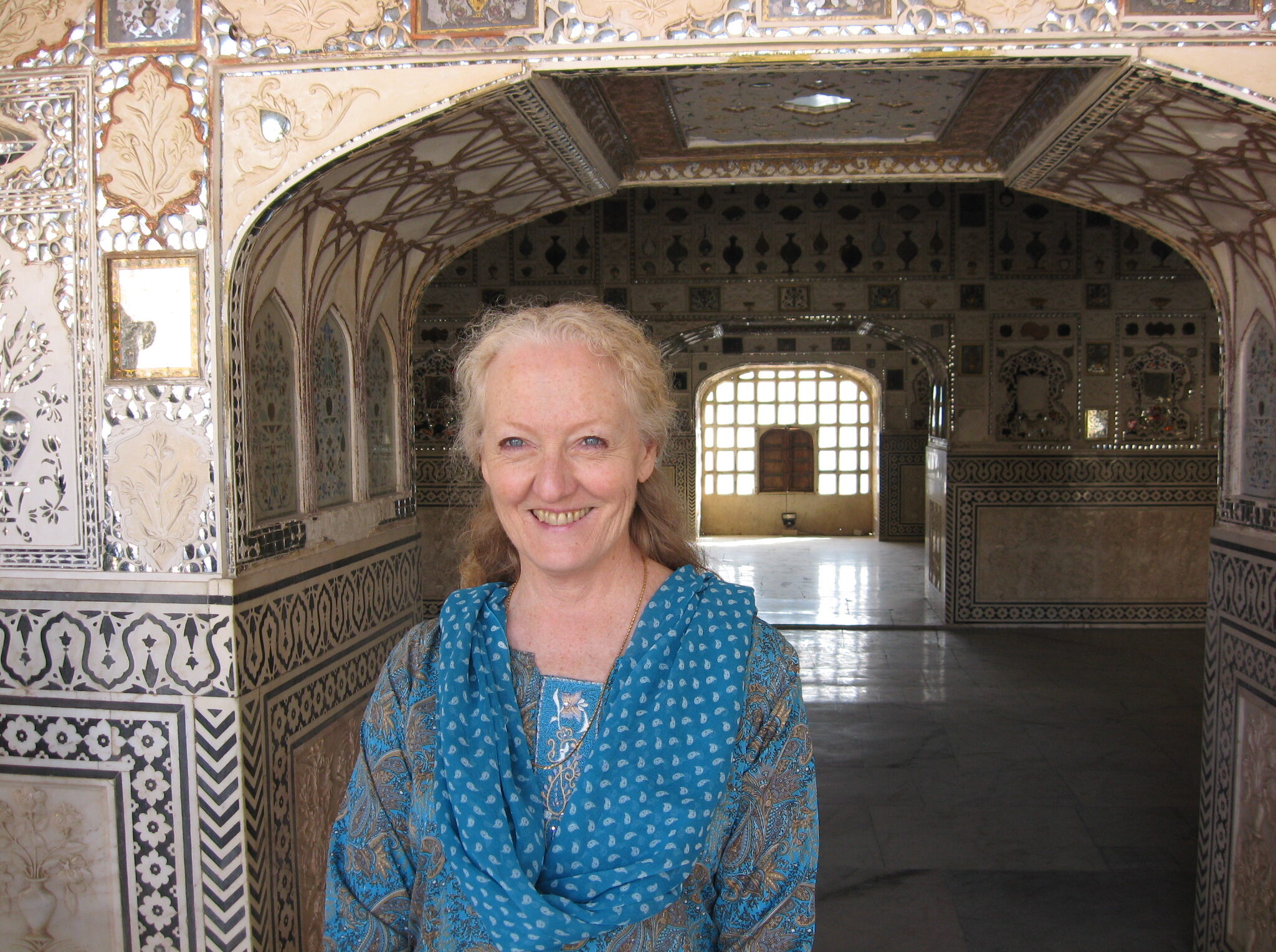I have the profound good fortune to have an EMF (electromagnetic field) emissions sensitivity severe enough that I avoid over-use of technology. It was quite a trek of research to figure out the source of my symptoms, but it turns out this malady has proven to be a blessing. For instance, it protects me from the incessant “junk-food” of the mind through taking in too much media. I notice a fair amount of the anxiety in those I know and love is fueled by the mental toxins taken in through technology addiction.
My EMF sensitivity also means, when I am on the phone with someone, I am tied to the landline and actually attending to the conversation. Almost every person I know is casting about for what else to be doing while they’re on the cell phone – and not really attending to the person with whom they’re conversing. I hear it in the neutral “uh-huh” – and lack of response to what was actually just said. Or the pots and pans rattling or water running.
If you just can’t shake an inner restlessness or sense of unease – start by stopping. All social media or any media input. No. more. “stuff.” Crammed into your mind space. Focus on a few good deep clearing breaths, then ask your deepest most innocent self what would be nourishing to your simple joy-state right now.
I hear from some that they fear losing track of what is going on if they’re not “plugged in” all the time. How can you keep current with media and keep sane and not do anxiety and fear? Spend two to five minutes inside – find a spacious calm, THEN – read the news and take in what you must. This helps you broaden your perspective as you read. And if you’ve already seen it – get off!
It seems we’ve forgotten how to be deeply present with this or any moment. Fueled by an ever-increasing incessant hum of activity – virtual and otherwise- our neurons are too excited to take a seat at the table. An interesting medical fact is that the leading cause for insomnia these days is use of technology – “screen-time” – too close to bedtime.
Above all else, practice kindness. To your own precious self. CHOOSE what you take in – from amongst the abundance of possibilities. And – for an experiment – try completely unplugging for a stretch of time. Decide in advance how long you want to try this – and just see how you feel. Ask – what is nourishing to you – and do that for a period of time. I’d love to hear how that goes.
